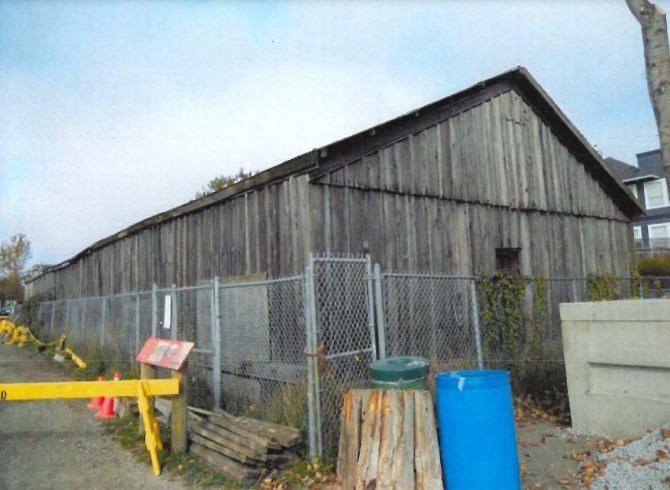It wouldn’t be possible to tell the full story of Richmond’s history without rebuilding the First Nations Bunkhouse in Steveston, says Richmond City Coun. Chak Au.
First Nations are an important part of Richmond’s heritage, said Au, and it’s time the bunkhouse was restored to highlight their place in the city’s history.
“I think this (the bunkhouse) can be part of the link,” he said. “We can see the origins of the city from the beginning, and then you can see the waves of immigrants coming into the city and building up to what we have right now – a multicultural, international city. But I think everything has to be traced back to the First Nations.”
In a report to council, city staff state there are currently few opportunities within Richmond and across the province, for the public to learn about the history and heritage of Indigenous peoples in the fishing industry.
Because of this, a rebuilt bunkhouse would be ideal for “interpretive use” – a place where the lived experiences of First Nations, working in Steveston’s fishing and cannery industries, could be shared.
The development of exhibits and programs would be done in collaboration with First Nations knowledge keepers and could include artistic pieces, oral story-telling – either in-person or digitally – and demonstrations of canoe carving or salmon drying.
Sharing these stories would “tell a more complete story of early Steveston,” the report states. Part of Steveston’s history is told through other interpretive programs at Britannia Shipyards, including the Chinese Bunkhouse, Men’s Bunkhouse, Manager’s House and Murakami House.
The project is estimated to cost $2.05 million – $1.6 million for like-for-like reconstruction and $450,000 for building improvements such as HVAC and plumbing. There would also be additional costs for implementing the interpretive programming, however, these are to be determined, according to the report.
The report states that the First Nations Bunkhouse is considered to be the only structure of its kind that remains along B.C.’s coast. Its building materials have been dated to 1885 using dendrochronology testing – a method that dates tree growth rings to the year they formed by comparing samples taken from an archeological site to established chronologies.
The structure was likely used for various functions, and by different First Nations, over the years. It’s believed it was originally used as a residence for Indigenous cannery workers given the bunkhouse’s resemblance to First Nations’ housing at other B.C. canneries.
The bunkhouse was considered of significant heritage value and included in the National Historic Site designation for Britannia Shipyards in 1991 by the Historic Sites and Monuments Board of Canada.
“Additionally, the building is important for its early construction date, and as a possible rare example of this type of communal dwelling, likely the last surviving First Nations residence associated with the Steveston canneries,” the report reads.
Now, however, the structure is deteriorated to the point where none of the existing features of the building can be reused in a rehabilitated structure, although some “key elements” could be retained for an exhibit, the report states.
“It’s a pity that we haven’t (restored the bunkhouse) earlier, and now we’re in this kind of situation where the original building is in such a poor condition,” said Au. “I think if we don’t do it now, we might never be able to restore it.”
The proposed First Nations Bunkhouse plan is on the agenda for Tuesday’s parks, recreation and cultural services committee meeting.


